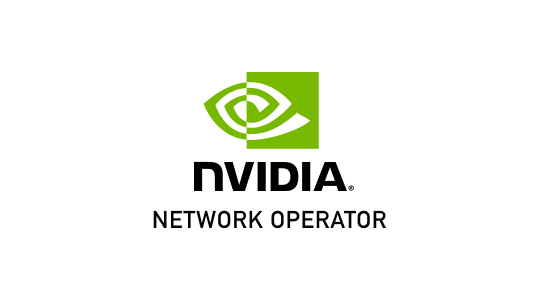NVIDIA Network Operator

NVIDIA Network Operator Helm Chart
NVIDIA Network Operator Helm Chart provides an easy way to install, configure and manage the lifecycle of NVIDIA Mellanox network operator.
NVIDIA Network Operator
NVIDIA Network Operator manages Networking related components in order to enable Fast networking, RDMA and GPUDirect for workloads in a Kubernetes cluster. Network Operator works in conjunction with GPU Operator to enable GPU-Direct RDMA on compatible systems.
Documentation
For more information please visit the official documentation.
Quick start
Fetch the helm chart using the following command. Make sure to update the Network Operator version to the required one. Available versions are listed in the File Browser tab.
export NETWORK_OPERATOR_VERSION=24.1.0
helm fetch https://helm.ngc.nvidia.com/nvidia/cloud-native/charts/network-operator-${NETWORK_OPERATOR_VERSION}.tgz
Get the values.yaml file from the chart using the following command.
helm show values network-operator-${NETWORK_OPERATOR_VERSION}.tgz > values.yaml
Before installing, update the values.yaml file with your preferred configuration. For information on available customizations please read the official documentation.